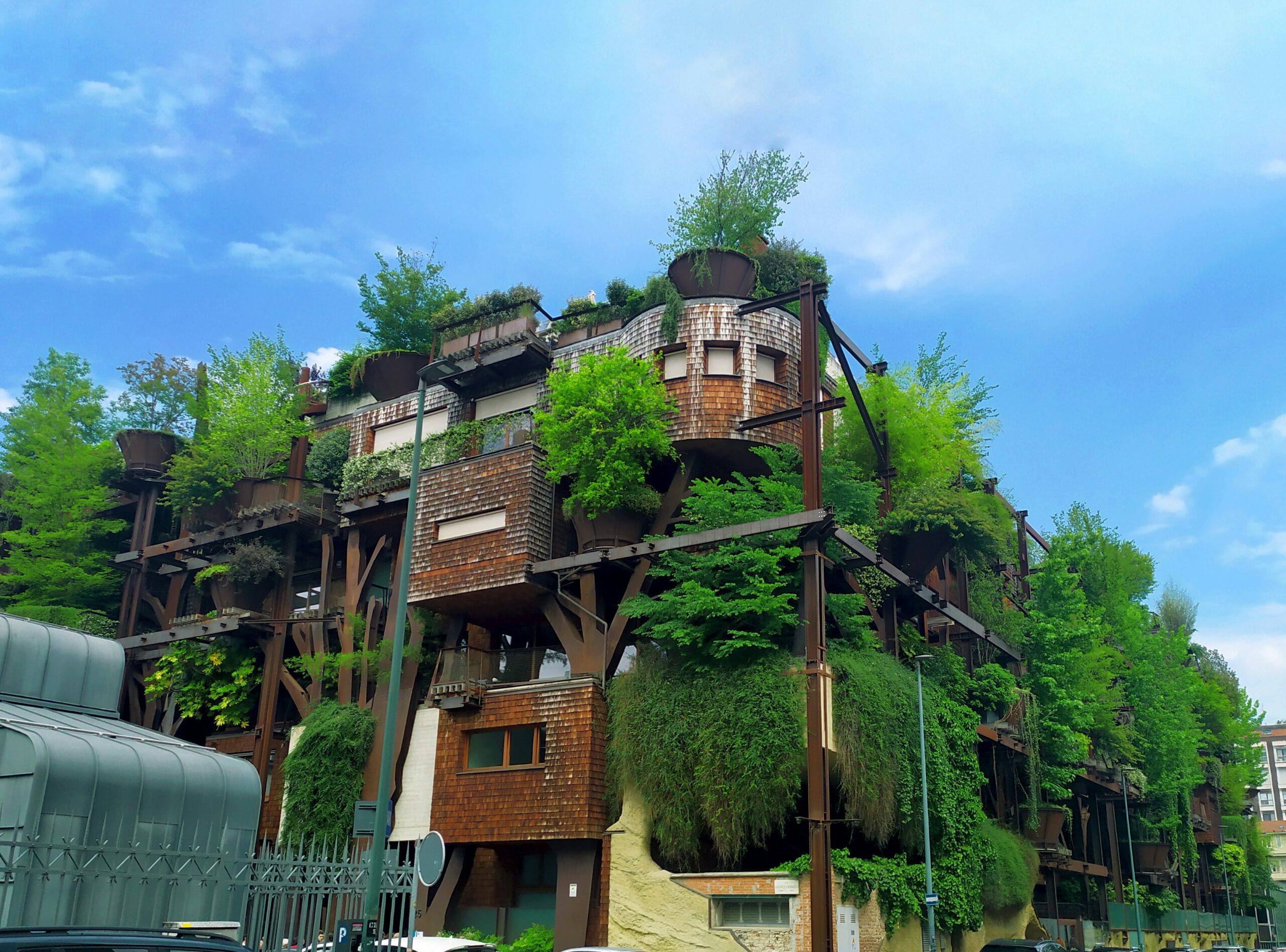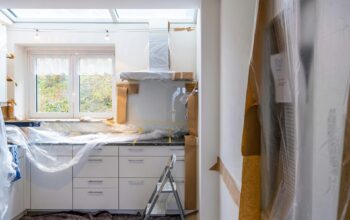Uzone.id – Global warming is now becoming a more emergent issue in society. Some of the effects include increase in temperature, occurrence of more intense weather conditions and increase in sea level. In this regard, the purpose of architects assumes more and more significance. They not only build the structures, but also evaluate and provide solutions for climate change effects. How can architects develop or modify their works for them to be able to withstand some of the effects of climate change?
Norman Foster, a renowned architect known for his modern and sustainable building designs, once said: “We need to make architecture part of the solution, not part of the problem.”
It is before suggesting the solutions that one needs to learn about the impacts of climate change on buildings. Another one of the effects that has to be taken into account is storms. This is when catastrophes such as floods and cyclones are intensified for instance through strong winds, and also when drought, heat waves occur more frequently. hurricane proof means the structure that has to be totally designed to accommodate such natural forces.
Larger temperature fluctuations also require additional cooling, but at the same time, have an effect on the perceptions of thermal comfort of people in the building. This is because environmental factors such as air quality also have an input to the architectural design. Global warming and pollution may affect the indoor and outdoor air quality in different ways. For instance, it is worth mentioning changes in rainfall patterns that are likely to influence availability of clean water in a building.
To address this challenge architects have come up with a number of measures that can enable construction of structures that can be efficient in tackling climate change. One of them is by selecting the appropriate orientation of the building that will maximize the admission of natural light without a high level of heat. Therefore it can potentially reduce the need for artificial lighting and cooling systems.
The other important factor that needs to be used for constructing buildings is the environmentally sustainable building materials. With regard to heat and moisture control, raw materials like plain wooden frames, bamboo and stones have good heat and Moisture Absorption. The other is the potential of using recycled materials to lessen impacts on the environment as well.
Renzo Piano, the Italian architect known for designing buildings that are in harmony with the environment, stated: “Buildings should breathe, they should respond to the environment.”
However, natural ventilation is also considered by architects because this also has an advantage in providing thermal comfort where no air conditioning system is required. It was understood that air could be improved by the right opening design and by means of wind.
Designers are also beginning to consider rainwater harvesting systems for purposes not involving human consumption for instance for washing vehicles or irrigating gardens.
Some other strategies that architects are also thinking about are incorporating the technology of solar panels that would be used to generate energy required to power the building so as to hence reduce the use of conventional sources of energy.
While the former has been seen to cause heat island effects, accelerate erosion, and contribute to storm water runoff, the latter on the other hand can impact the urban environment in the following ways; they can cool the surface temperatures of buildings, they are efficient in managing rain water and they also compromise on the quality of air in the surrounding environment.
It also means that architects also serve as agents in the creation of an even cleaner built environment in cities. This comprises providing verdant spaces, discouraging the use of automobiles and enhancing integration among the various modes of transport.
Despite the many adaptation strategies, architects still face several challenges. One of them is cost. The implementation of environmentally friendly technologies and materials often requires a larger initial investment. In addition, regulations that support sustainable development also still need to be improved.
Though, if one digs deeper at these challenges, there exists even greater opportunities. Sustainable building development not only creates benefits to the built environment, but also affects occupancy’s quality of life. Effective design of building can improve operating cost, and health of the occupants, productivity, as well as the value of the property.
Climate change is not a myth as many people would like us to believe but it is a fact that we shall have to live with. In fact, architects are in a very crucial position to design structures that can withstand climate change. When the goal is to make multiple adaptation measures, such measures will provide the creation of a more efficient, ant proof, and environmentally friendly built environment.














